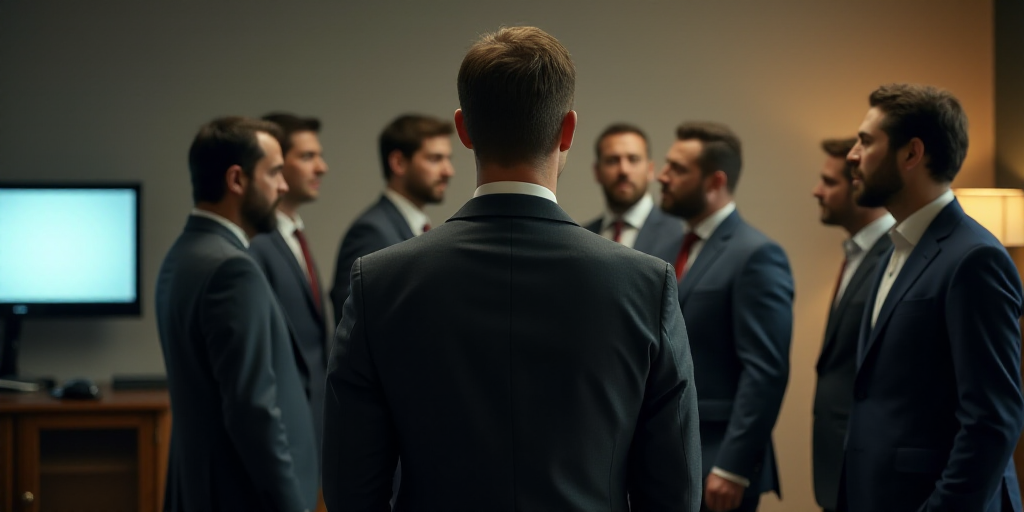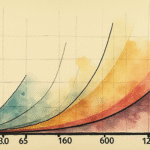Background on Key Figures and Context
High-ranking officials from the U.S. government, under President Donald Trump’s administration, are urging Russia and Ukraine to advance towards a peace agreement following a private meeting between Trump and Ukrainian President Volodymyr Zelensky in the Vatican on Saturday.
The meeting took place during Trump and Zelensky’s visit to Rome for the funeral of Pope Francis. Both leaders have been trying to reinvigorate the stalled efforts to end Russia’s war against Ukraine.
Marco Rubio, the U.S. Secretary of State, emphasized the urgency during an interview with NBC’s ‘Meet the Press’: “It needs to happen soon. We cannot continue dedicating time and resources to this effort if it’s not going to bear fruit.”
Rubio also mentioned that the U.S. would decide within the next week whether to continue mediating in the negotiations or shift focus to other matters.
Key Developments and Statements
- Trump-Zelensky Meeting: The meeting in the Vatican was the first between Trump and Zelensky since their heated encounter in the Oval Office in Washington back in February. This meeting comes at a critical juncture in the negotiations aimed at ending the conflict.
- Trump’s Criticism of Putin: In a post on Truth Social, Trump criticized Russian President Vladimir Putin for recent attacks on Ukraine, stating that “there is no justification for Putin to launch missiles against civilian areas, cities, and villages in the past few days.”
- Lavrov’s Statement: In a pre-recorded interview aired on CBS News’ “Face the Nation,” Russian Foreign Minister Sergei Lavrov stated that Russia would continue attacking locations used by the Ukrainian military.
- Zelensky’s Telegram Update: Zelensky reported on the messaging app Telegram that his chief military commander informed him of approximately 70 Russian attacks on Sunday. He emphasized that the current lack of sufficient global pressure on Russia to end the war is evident from the ongoing military activity.
Divergent Proposals and Negotiations
Ukrainian and European officials opposed certain U.S. proposals last week on ending the Russia-Ukraine war, presenting counterproposals regarding territory and sanctions, according to Reuters on Friday.
- Key Differences: The main disagreements centered on the sequence of resolving territorial issues, lifting sanctions on Russia, security guarantees, and the size of the Ukrainian military.
- U.S. Demands: The U.S. proposals required the recognition by the U.S. of Russia’s control over Crimea, the Ukrainian peninsula annexed by Moscow in 2014, as well as de facto recognition of Russia’s control over other parts of Ukraine.
- European and Ukrainian Proposal: The European and Ukrainian proposal postponed detailed debate on territory until after the ceasefire.
- German Defense Minister’s Stance: German Defense Minister Boris Pistorius stated on Sunday that Ukraine should not accept the U.S. proposal, as it went too far by offering territorial concessions in exchange for a ceasefire.
Commitment to Peace
Despite differing opinions, Trump’s National Security Advisor emphasized the determination to reach an agreement following the meeting with Zelensky. Mike Waltz stated on Fox News’ ‘Sunday Morning Futures’: “This meeting will go down in history as President Trump being a president of peace.”






